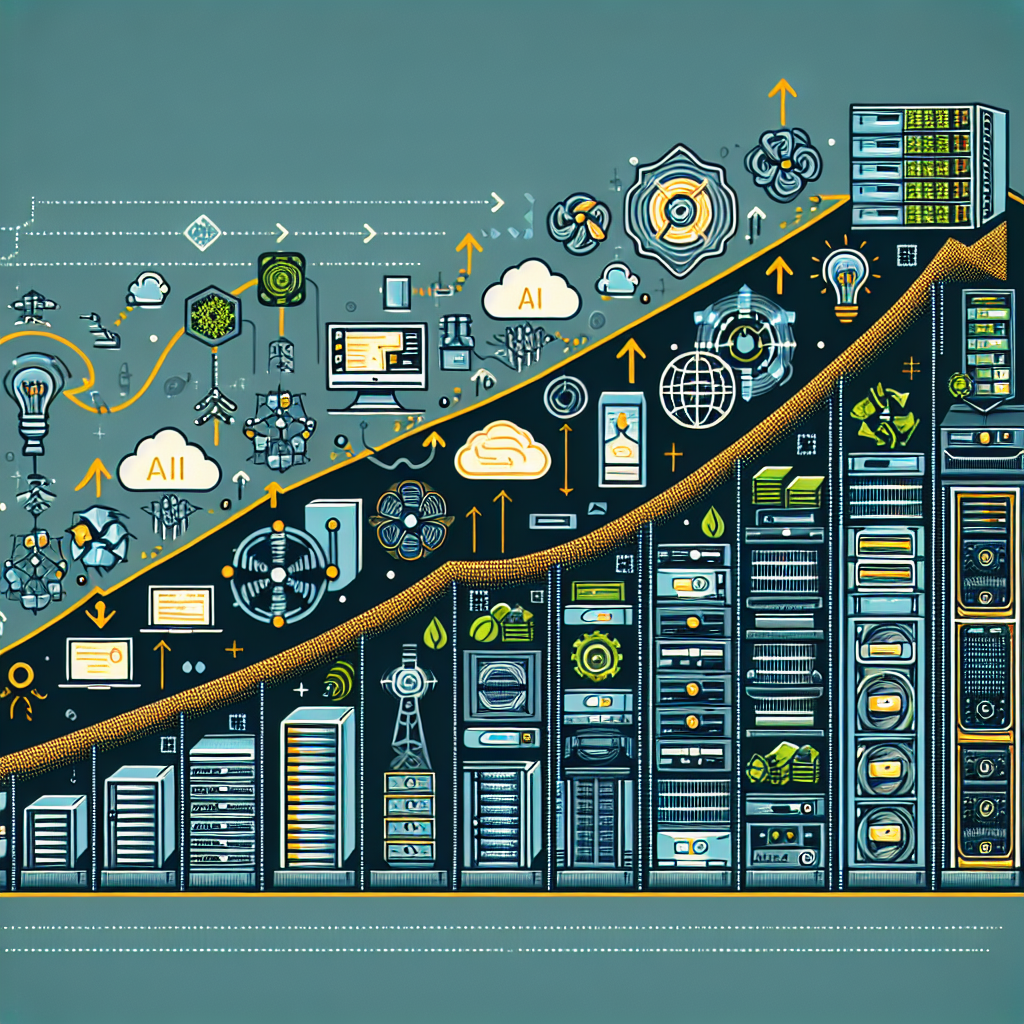Your cart is currently empty!
The Evolution of Data Center Lifecycle Management: Trends and Innovations to Watch

Data centers have come a long way since their inception, evolving from simple rooms filled with servers to complex, interconnected networks that power the digital world we live in today. As technology continues to advance, data center lifecycle management has become increasingly important in ensuring the efficiency, security, and reliability of these critical facilities.
One of the key trends in data center lifecycle management is the shift towards automation and artificial intelligence. With the increasing complexity of data centers, manual management processes are no longer sufficient to keep up with the pace of change. Automation tools and AI algorithms can help data center operators streamline operations, optimize performance, and proactively identify and address potential issues before they escalate.
Another important trend in data center lifecycle management is the focus on sustainability and energy efficiency. As data centers continue to consume massive amounts of energy, there is a growing awareness of the environmental impact of these facilities. Many data center operators are investing in renewable energy sources, energy-efficient cooling systems, and other green technologies to reduce their carbon footprint and lower operating costs.
In addition, data center lifecycle management is also being transformed by the rise of edge computing. With the proliferation of Internet of Things (IoT) devices and the increasing demand for real-time data processing, edge computing is becoming a critical component of modern data center infrastructure. Edge data centers are located closer to end-users, reducing latency and improving performance for applications that require low latency and high bandwidth.
Security is another key consideration in data center lifecycle management, as cyber threats continue to evolve and become more sophisticated. Data center operators must implement robust security measures, such as encryption, firewalls, and intrusion detection systems, to protect sensitive data and prevent unauthorized access.
Looking ahead, there are several innovations to watch in the field of data center lifecycle management. One of the most promising technologies is Software-Defined Data Centers (SDDC), which use virtualization and software-defined networking to create a more flexible and scalable infrastructure. SDDCs can help data center operators reduce costs, improve agility, and simplify management tasks.
Another emerging trend is the use of predictive analytics and machine learning to optimize data center performance. By analyzing historical data and real-time metrics, data center operators can predict potential issues and proactively address them before they impact operations. This proactive approach can help reduce downtime, improve reliability, and enhance the overall efficiency of data center operations.
Overall, the evolution of data center lifecycle management is driven by the increasing complexity of modern data centers, the growing demand for sustainability and energy efficiency, and the need to address emerging challenges such as security and edge computing. By staying abreast of these trends and innovations, data center operators can ensure that their facilities remain secure, efficient, and reliable in the digital age.

Leave a Reply